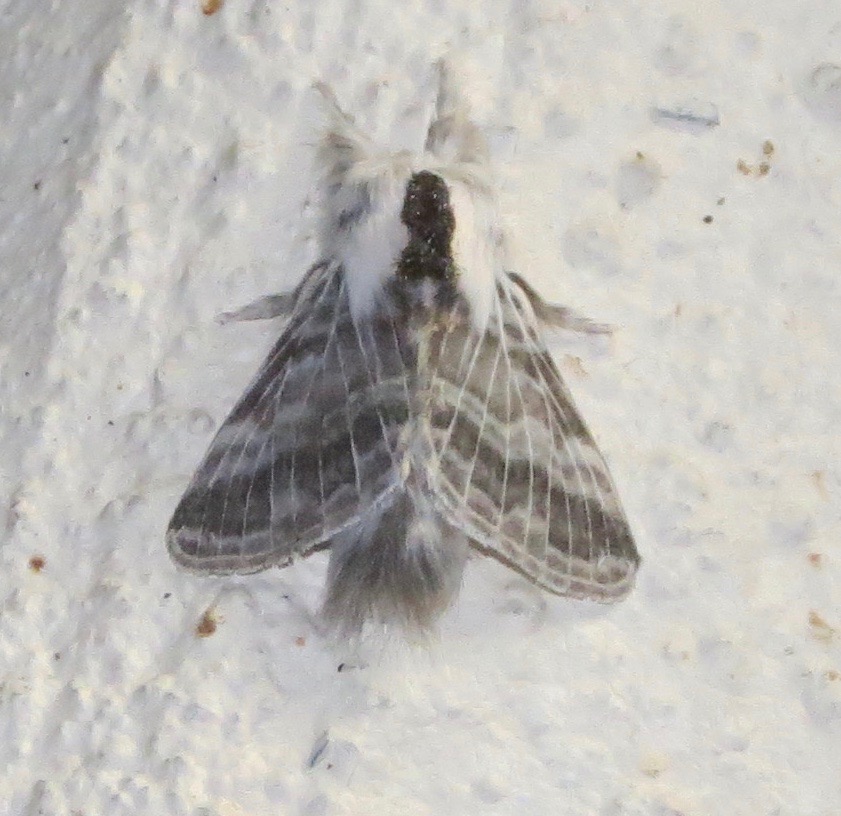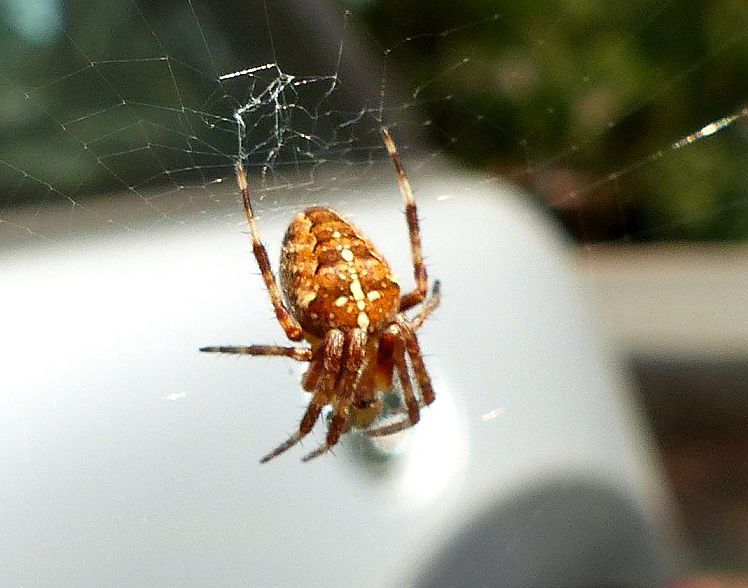2017 August 14 morning
Colias alert continues.
Ron Flower writes: Yesterday, Sunday 13th August, at noon we went to the reservoir at Garcias Farm (also called McIntyre Reservoir). Next to the pond there is a flower section next to the tractor tract and the cabbage patch. We saw a Mourning Cloak Grasshopper. We saw three Painted Ladies, a Purplish Copper and best of all three Orange Sulphurs. And many Cabbage Whites. Wear long pants as it is very thorny in there.
Jeremy Tatum writes: I saw an Orange Sulphur at Puckle Road again late on the Sunday afternoon – as well as in the morning as mentioned in yesterday’s postings. Also a Large Heath there, and an Autographa californica moth. Ron’s photograph shows that his sulphur is indeed a male Orange Sulphur. You can just see some of the upper forewing orange through the wings, and the black forewing border is broader than it usually is on the similar Clouded Sulphur.

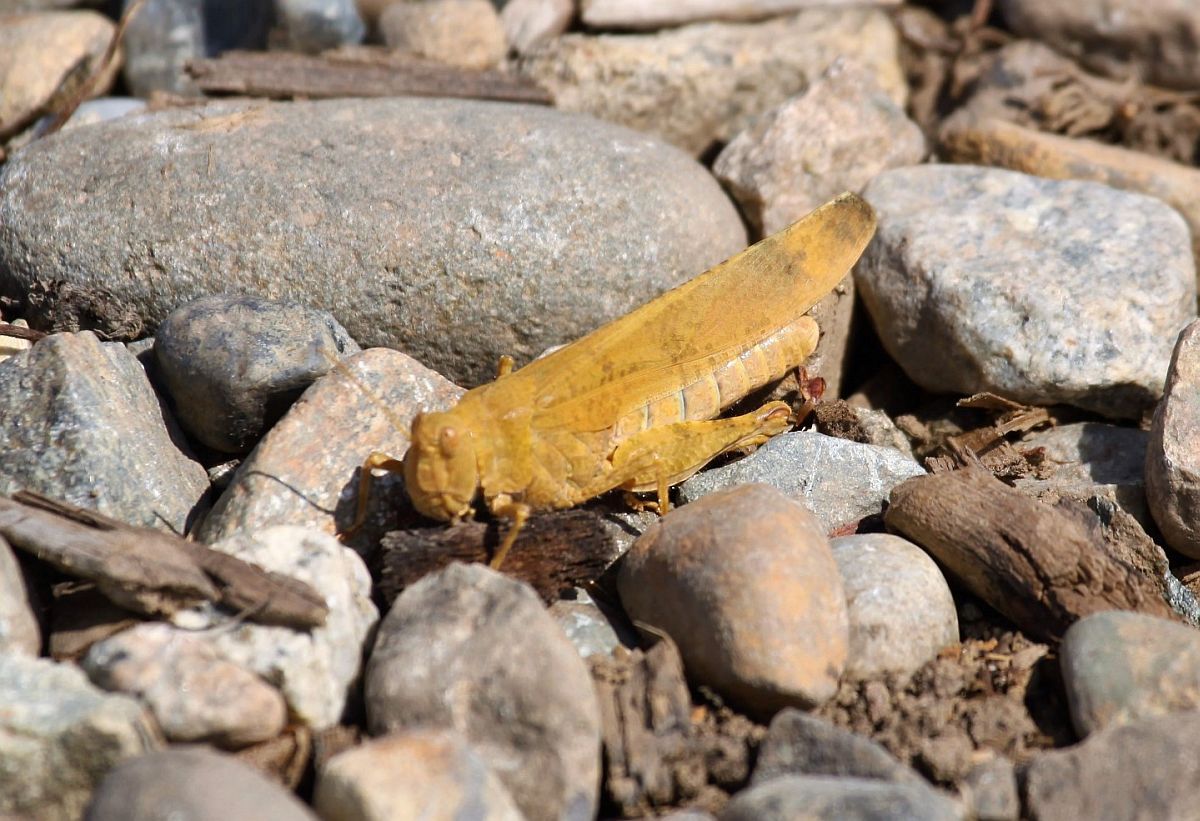
Mourning Cloak Grasshopper Dissosteira carolina (Orth.: Acrididae) Ron Flower

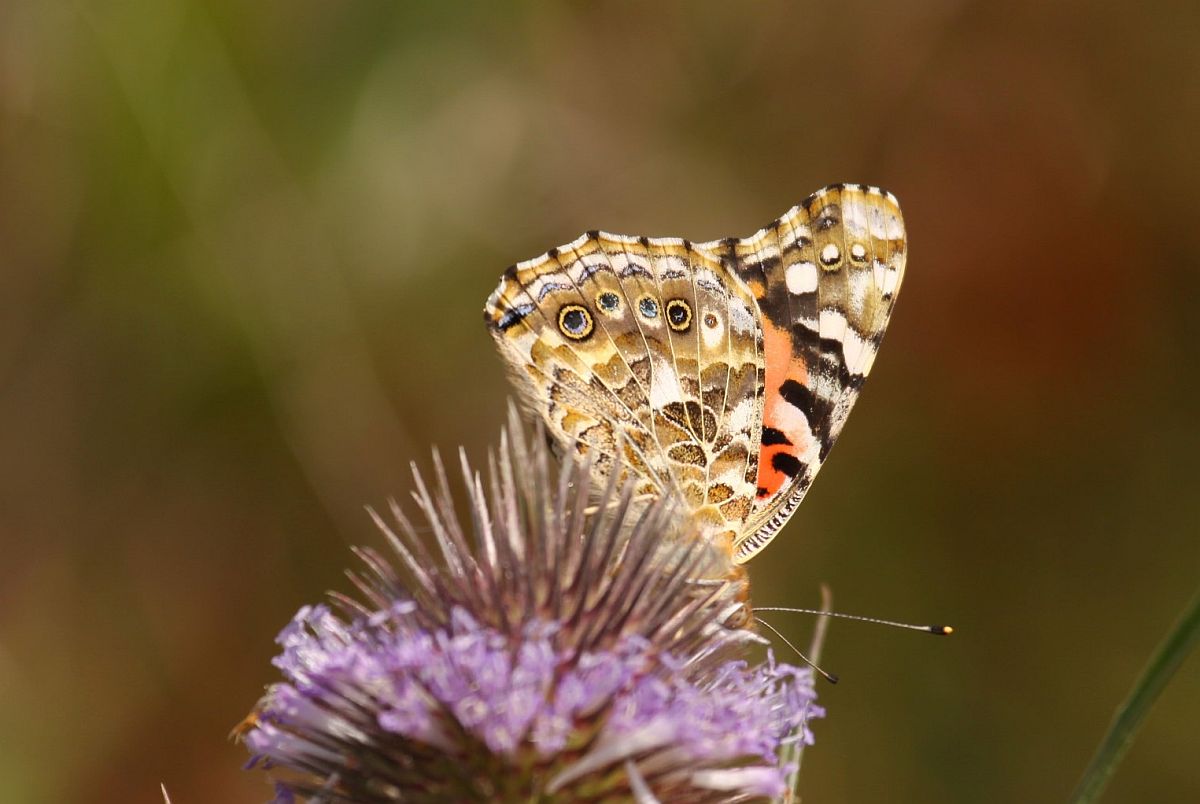
Painted Lady Vanessa cardui (Lep.: Nymphalidae) Ron Flower

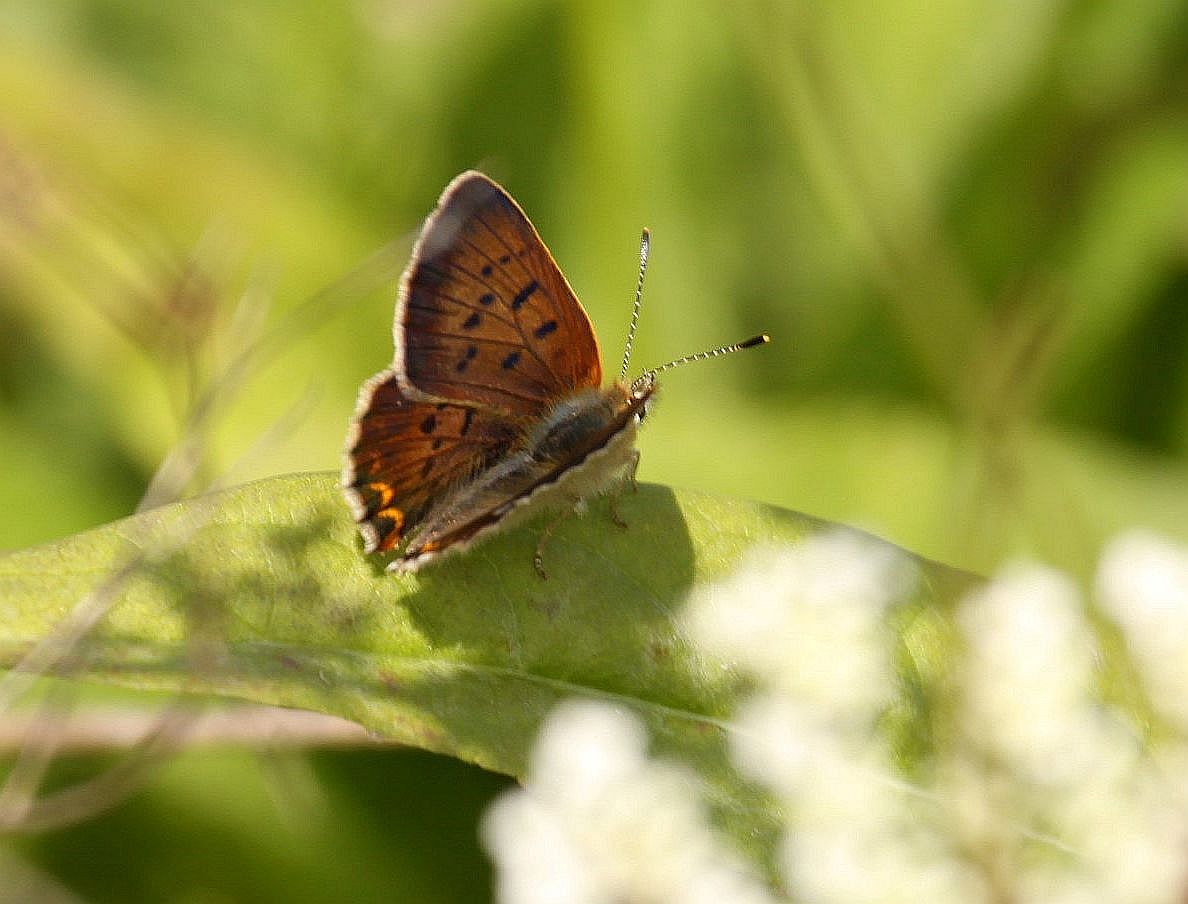
Male Purplish Copper Lycaena helloides (Lep.: Lycaenidae) Ron Flower

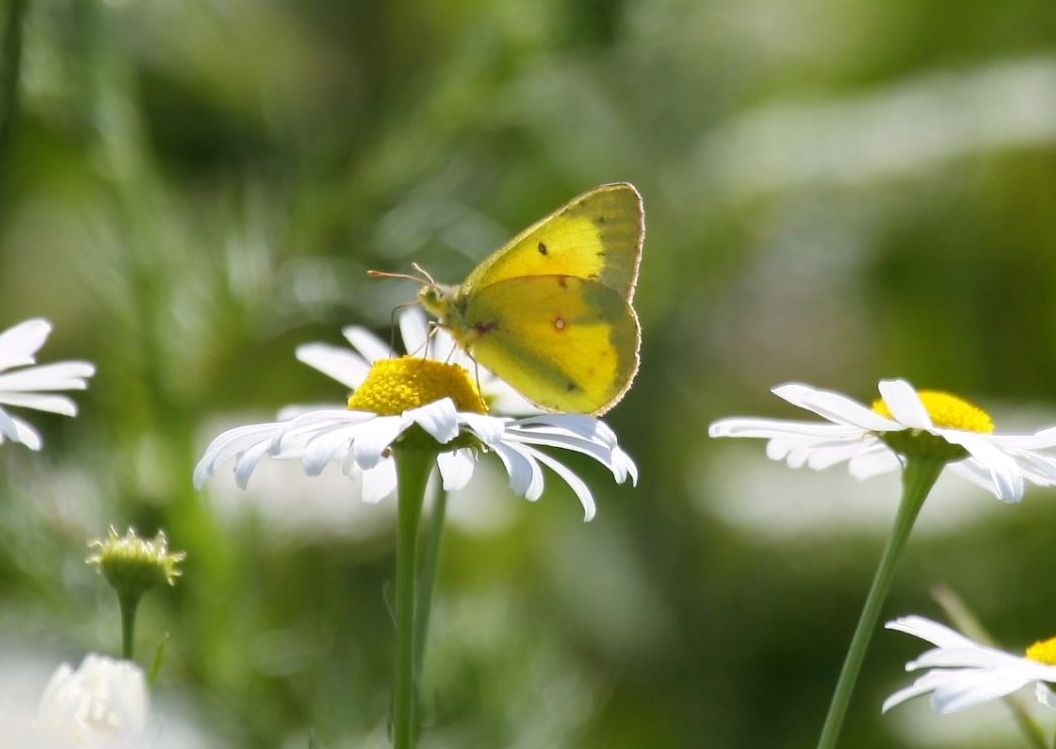
Male Orange Sulphur Colias eurytheme (Lep.: Pieridae) Ron Flower

